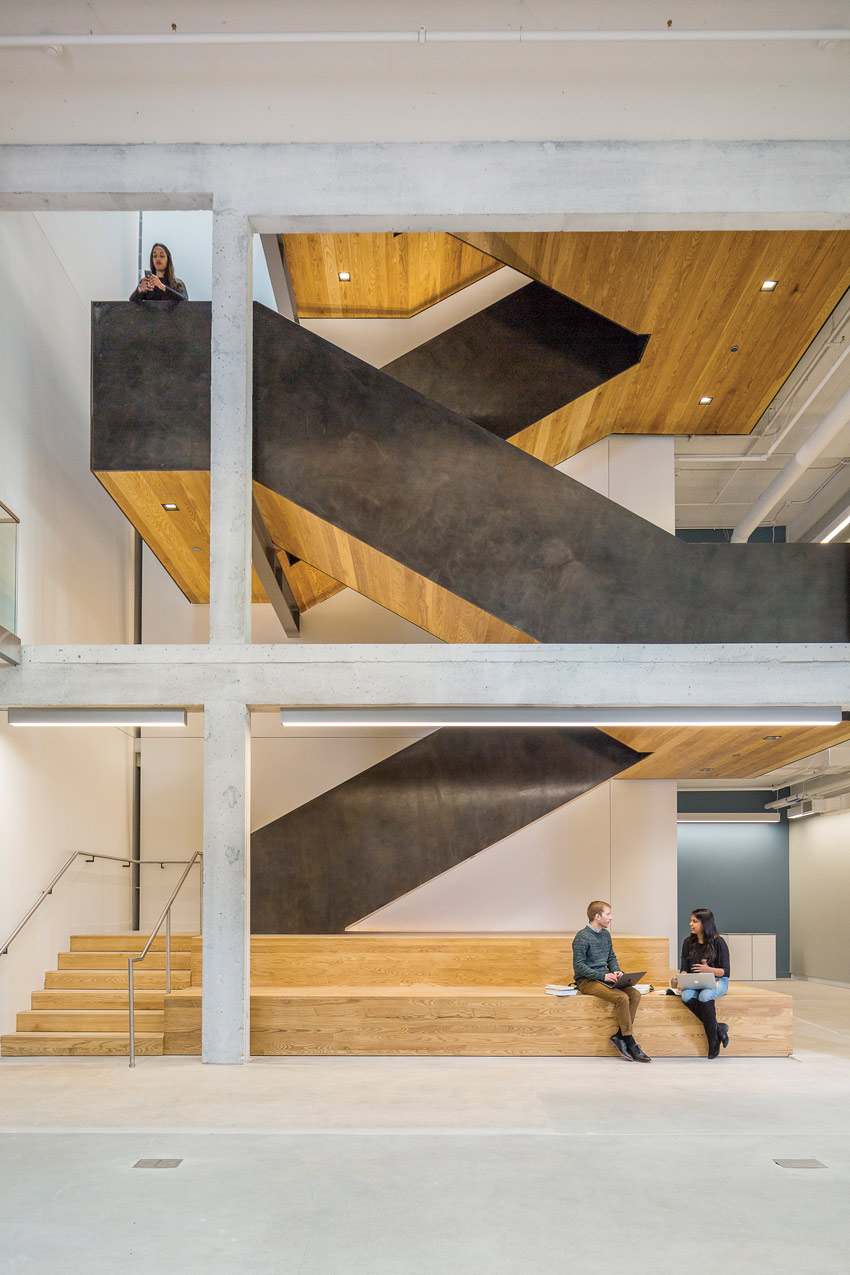Colleges & Universities
Architectural Record
Learning Objectives:
- Discuss strategies for balancing a desire for transparency—as an expression of an educational institution’s pedagogical mission— with the need for energy efficiency and occupant comfort.
- Describe low-energy climate-control systems suitable for tropical climates.
- Describe how universities are transforming former industrial buildings and disused academic buildings for new educational uses, and discuss methods for structural retrofit and seamless incorporation of new mechanical systems.
- Discuss off-site fabrication as a strategy for building on constrained urban campuses, and outline the challenges to such an approach.
Credits:
This course can be self-reported to the AIBC, as per their CE Guidelines.
As an IACET Accredited Provider, BNP Media offers IACET CEUs for its learning events that comply with the ANSI/IACET Continuing Education and Training Standard.
This course is approved as a Structured Course
This course can be self-reported to the AANB, as per their CE Guidelines
Approved for structured learning
Approved for Core Learning
This course can be self-reported to the NLAA
Course may qualify for Learning Hours with NWTAA
Course eligible for OAA Learning Hours
This course is approved as a core course
This course can be self-reported for Learning Units to the Architectural Institute of British Columbia
This course is approved as a Structured Course
This course can be self-reported to the AANB, as per their CE Guidelines
Approved for structured learning
Approved for Core Learning
This course can be self-reported to the NLAA
Course may qualify for Learning Hours with NWTAA
Course eligible for OAA Learning Hours
This course is approved as a core course
This course can be self-reported for Learning Units to the Architectural Institute of British Columbia
This test is no longer available for credit
View course on architecturalrecord.com »
COLLEGES & UNIVERSITIES
College and university buildings aren’t a single typology. The projects on the following pages range from art studios in a revamped industrial structure to transparent labs that showcase the work going on inside. Collectively, they demonstrate ingenious solutions for challenging sites, for adaptive reuse, and for creating buildings that foster collaboration and community. Reading the section and taking the online quiz qualifies for one hour of continuing education credit (see page 116).
 PHOTOGRAPHY: © JACOB HAND
PHOTOGRAPHY: © JACOB HANDKELLER CENTER, UNIVERSITY OF CHICAGO
Originally published in Architectural Record
Originally published in November 2019















